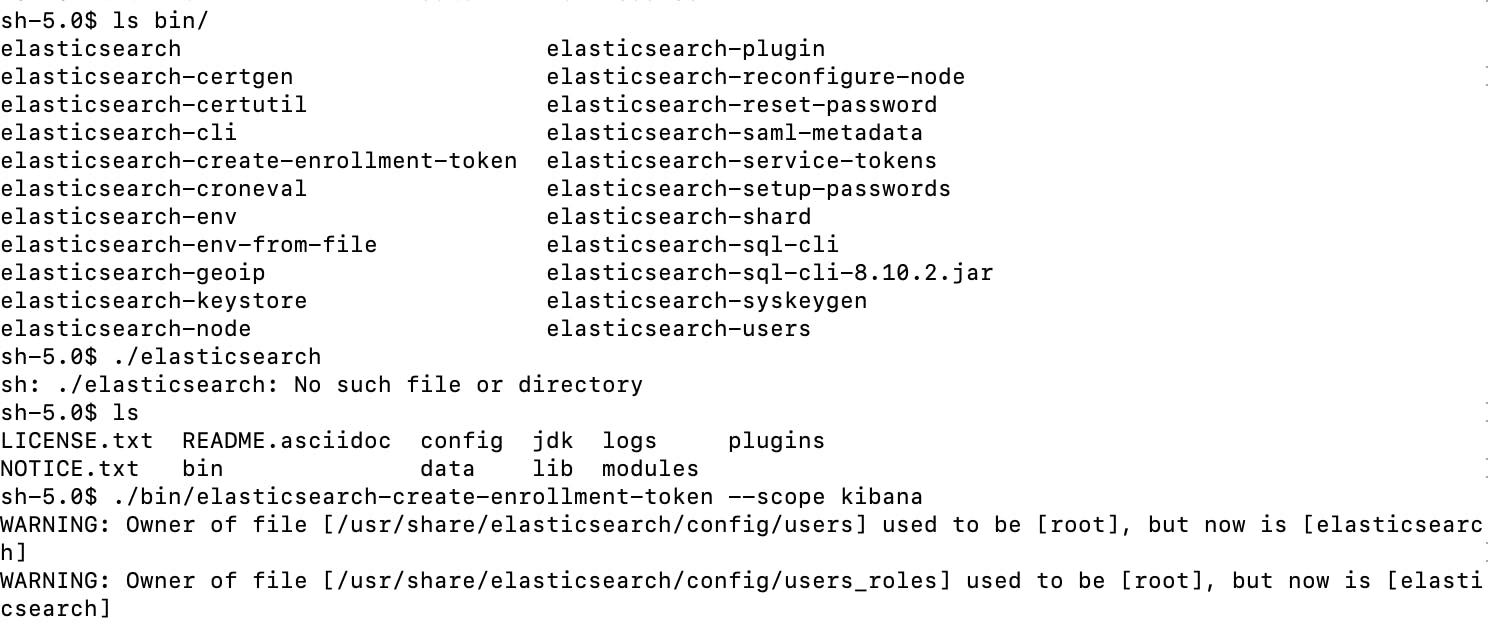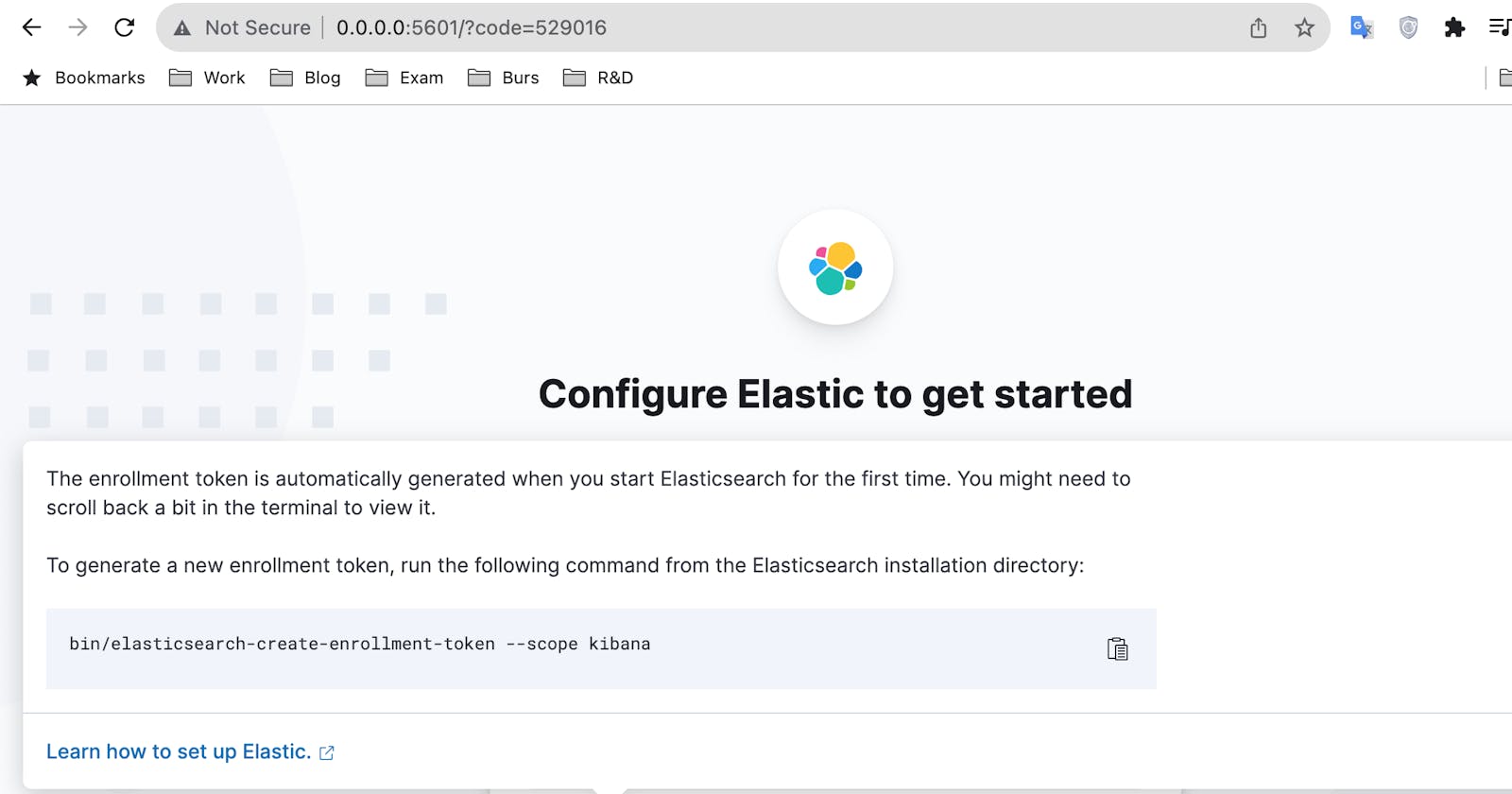The way I configure should not give you an idea of how still I recommend you read as you can learn from others' mistakes.
First of all, my local network is a mess, I need a touch(no one else than me and it will be soon). Until then I'll find my way in the darkness as I used to. If it is too shiny I do not want to walk there anyways.
Below is the running configuration as of 2023. (Be aware that the bridge configuration between Elastic and Kibana is happening over the link flag.)
docker pull docker.elastic.co/logstash/logstash:8.10.2
docker run --rm -it -v ~/pipeline/:/usr/share/logstash/pipeline/ docker.elastic.co/logstash/logstash:8.10.2
docker pull docker.elastic.co/kibana/kibana:8.10.2
docker run \
--name kibana \
--publish 5601:5601 \
--link elasticsearch_container:elasticsearch_alias \
--env "ELASTICSEARCH_URL=http://elasticsearch_alias:9200" \
docker.elastic.co/kibana/kibana:8.10.2
docker pull docker.elastic.co/elasticsearch/elasticsearch:8.10.2
docker run \
--name elasticsearch_container \
--publish 9200:9200 \
--publish 9300:9300 \
--env "discovery.type=single-node" \
docker.elastic.co/elasticsearch/elasticsearch:8.10.2

Now we can go into the running container to create our token with the binary and paste it into the UI for the initial configuration, -which will take some time.

We did not set the login password. But inside the elasticcache folder there is elasticcache-reset-password , run with --scope kibana.
If you could have managed to set password, try on the browser to continue creating the custom setup.



